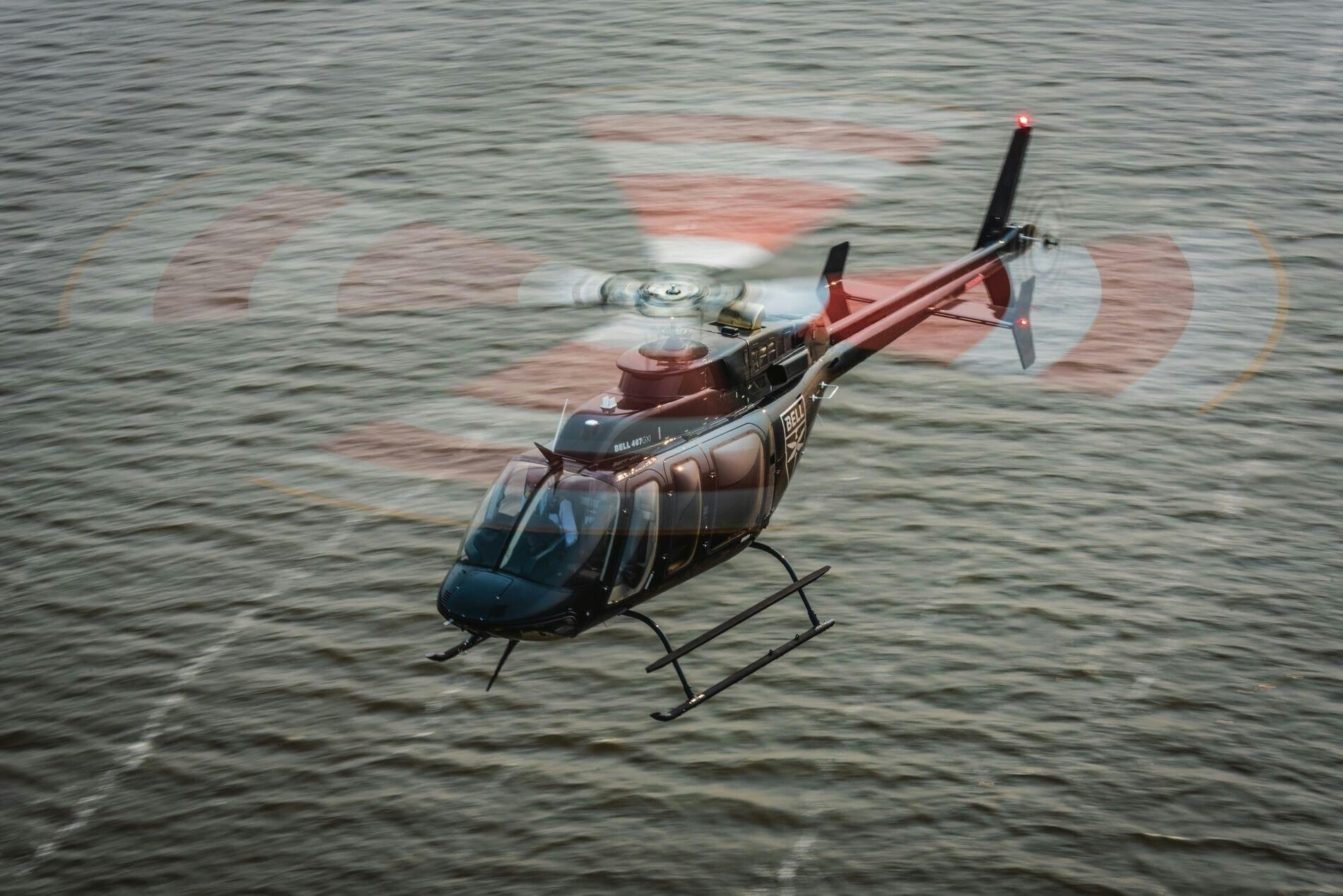
AeroGenie: Su copiloto inteligente.
Tendencias
Categories
Delta Opposes Trump Administration’s Proposed Aircraft Tariffs
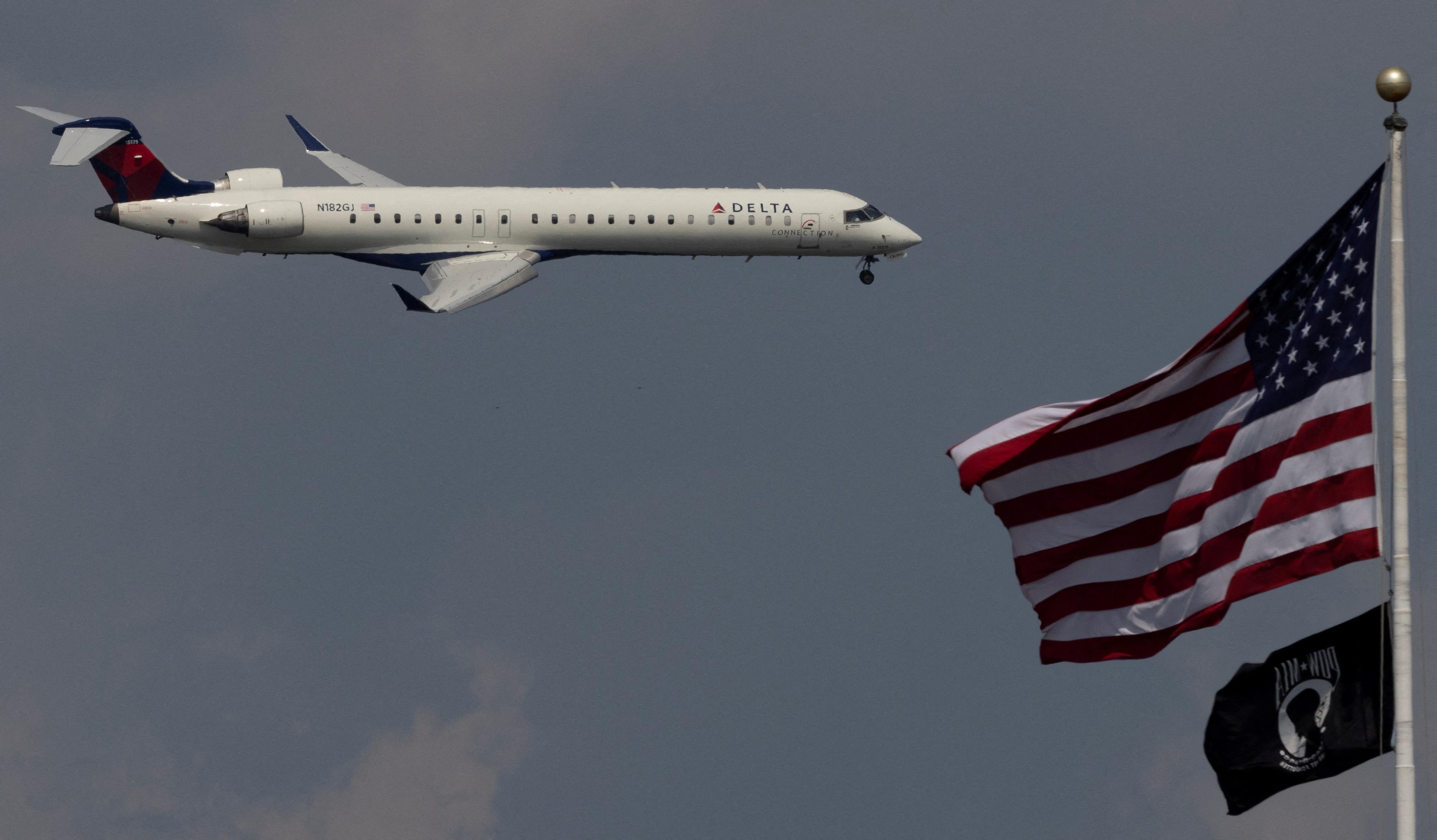
Delta Air Lines Challenges Proposed Aircraft Tariffs by Trump Administration
Potential Disruptions to Fleet Procurement and Operations
Atlanta-based Delta Air Lines has formally opposed the Trump administration’s proposed tariffs on imported commercial aircraft and related components, cautioning that such measures could severely disrupt its fleet acquisition and maintenance strategies. In response to a federal investigation under Section 232, Delta warned that the imposition of these tariffs would compel the airline to suspend existing orders and halt future purchases of foreign-manufactured aircraft, particularly those produced by Airbus.
The U.S. Department of Commerce initiated the Section 232 national security investigation on May 1, 2025, to assess whether imports of commercial aircraft, jet engines, and associated parts pose a threat to national security. Delta, through its legal representatives, submitted public comments emphasizing that the proposed tariffs would retroactively affect longstanding procurement contracts. The airline highlighted the risk of order cancellations from Airbus facilities in Canada, Germany, and France, which could disrupt services for approximately 10 million customers annually if deliveries are delayed or halted.
Delta also underscored that domestically produced aircraft might be indirectly impacted due to increased costs and supply chain complications. Given that aircraft purchases are typically negotiated years in advance, the sudden imposition of tariffs would impose unexpected financial burdens, placing U.S. carriers at a competitive disadvantage on the global stage. The airline industry is already contending with rising operational expenses, worsening supply chain challenges, and weakening demand—issues particularly acute in North America. While most U.S. airlines have lowered or withheld their annual forecasts amid these uncertainties, European carriers maintain a more optimistic outlook.
Impact on Maintenance Operations and Industry Response
Beyond procurement concerns, Delta warned that the tariffs would undermine investments in skilled labor, especially within maintenance, repair, and overhaul (MRO) services. The airline operates major MRO hubs across the United States and depends on timely access to parts and aircraft from international suppliers to support its fleet modernization efforts. Between 2023 and 2024, Delta accepted 47 Airbus aircraft manufactured overseas; future deliveries of a similar nature could be jeopardized if tariffs are enacted, impairing the airline’s ability to efficiently serve U.S. routes with a competitive, fuel-efficient fleet.
During an April earnings call, Delta CEO Ed Bastian acknowledged the risks posed by the tariffs, indicating that the airline might defer aircraft deliveries if the tariffs are implemented. Such delays could have cascading effects on flight schedules and negatively impact the customer experience.
Industry leaders expressed a divided stance at the International Air Transport Association’s (IATA) Annual General Meeting, with many voicing concerns about the broader economic consequences of the proposed tariffs and the potential for retaliatory actions against U.S. airlines.
White House spokesperson Kush Desai reaffirmed the administration’s commitment to protecting U.S. national and economic security through the Section 232 investigation. Desai noted that any policy decisions would ultimately be announced by the President. The Commerce Department has yet to provide further details or a timeline for the investigation’s conclusion.
The aviation sector remains closely attentive to the outcome of this investigation, which could fundamentally alter aircraft procurement practices and carry significant implications for both U.S. and global carriers.

Europe Advances Aviation Sustainability Through SAF Mandates and Innovation

Lufthansa's Fleet Plans for 2025

Fifteenth National Games Model Aviation Finals in Longhua Showcase Drone Sports and Innovation
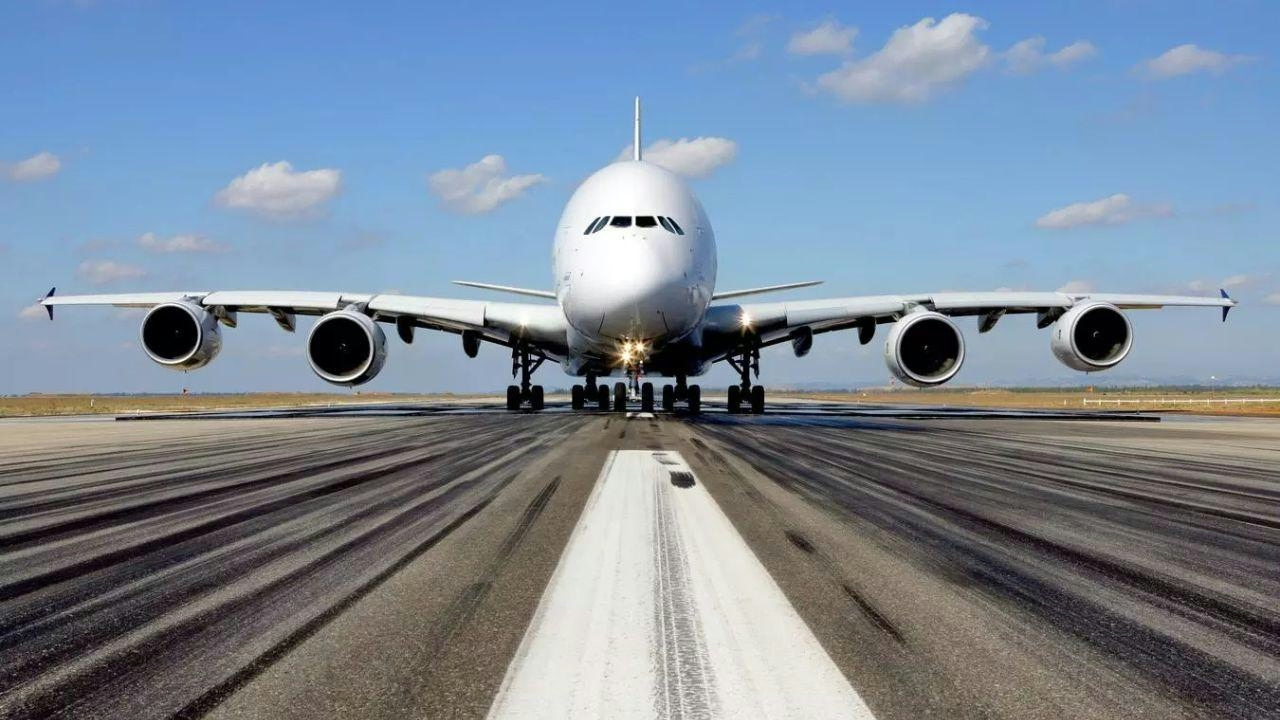
Brazilian Woman Becomes First Female Captain of Airbus A380
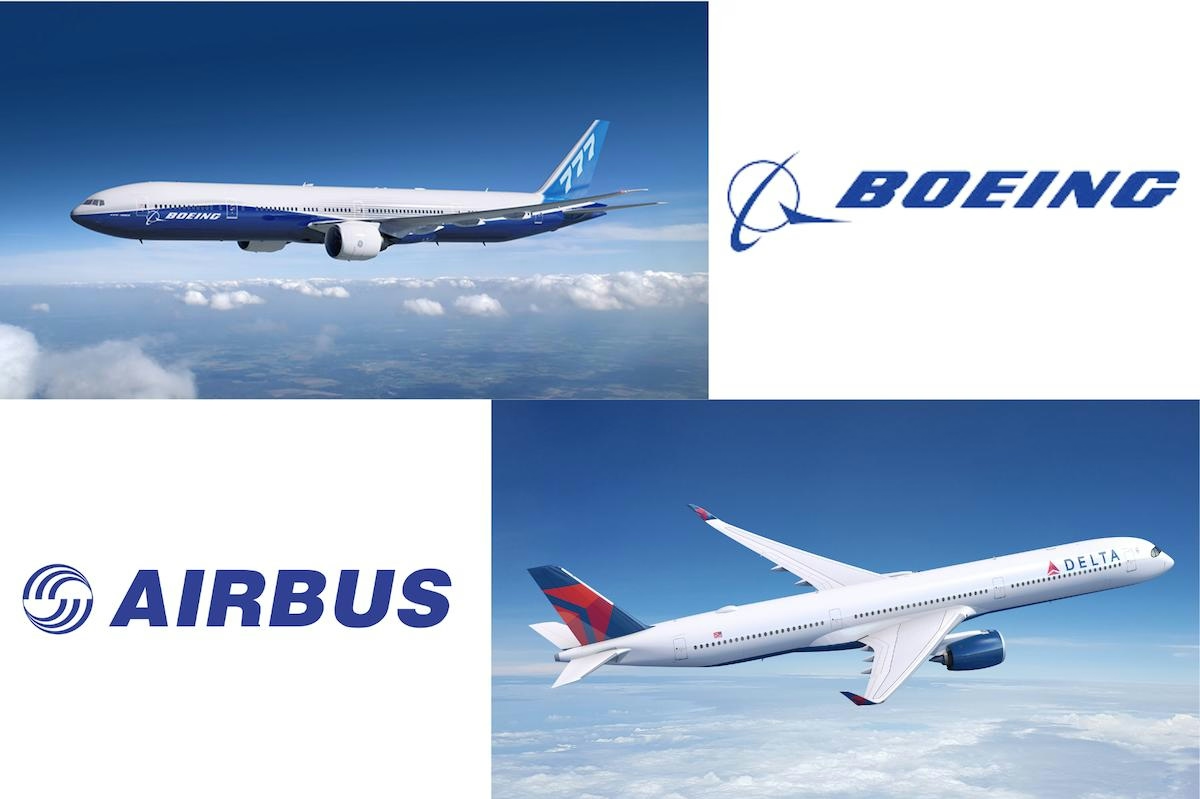
Airbus and Boeing: Comparing Their Global Reach

Vietjet Orders 100 Airbus A321neo Jets, Strengthening UK-Vietnam Strategic Partnership
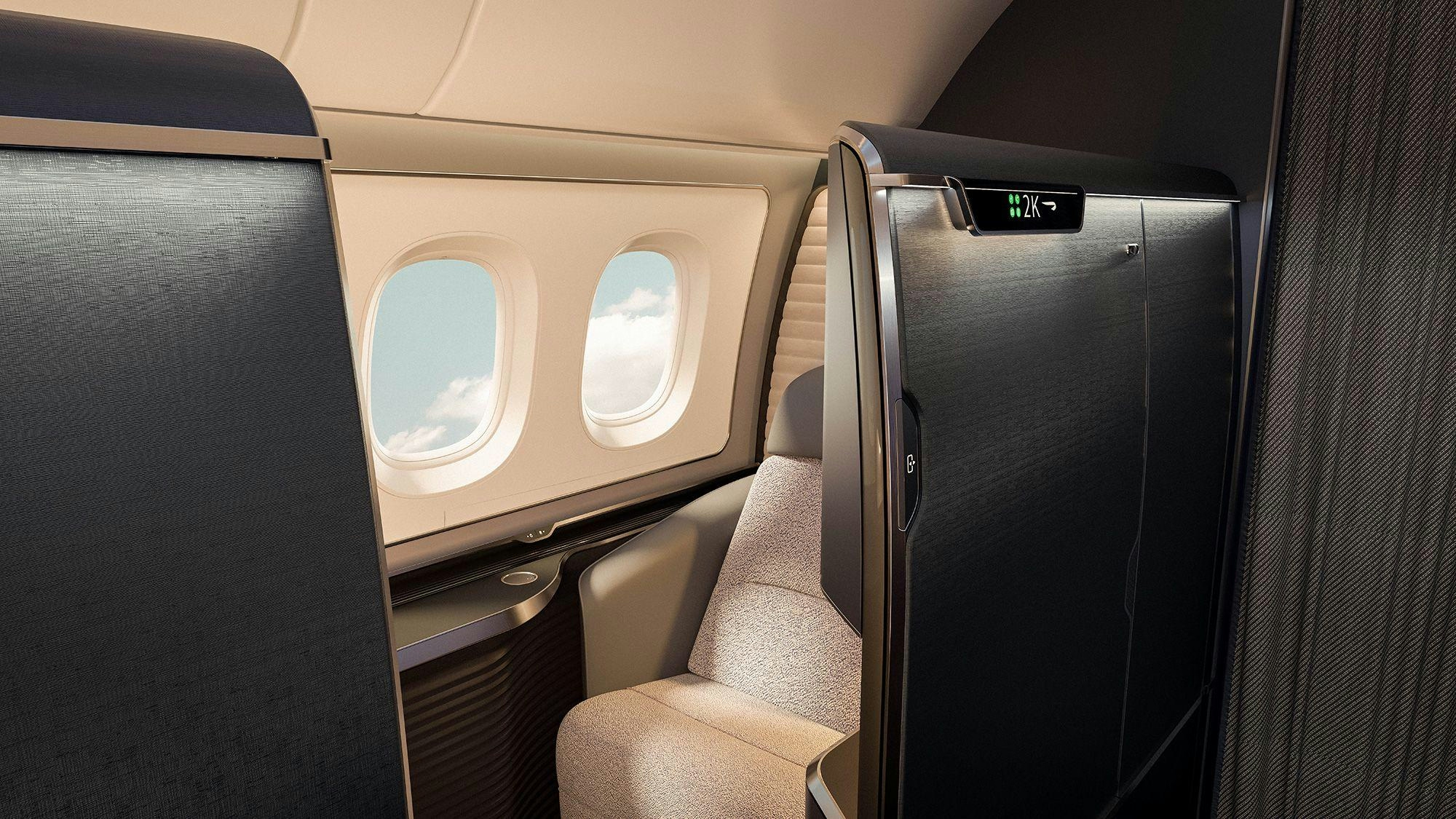
The Aircraft Set to Replace the Iconic Superjumbo

Delta Air Lines Introduces AI-Powered Concierge Service

Shanghai to Host 2025 North Bund International Aviation Forum
